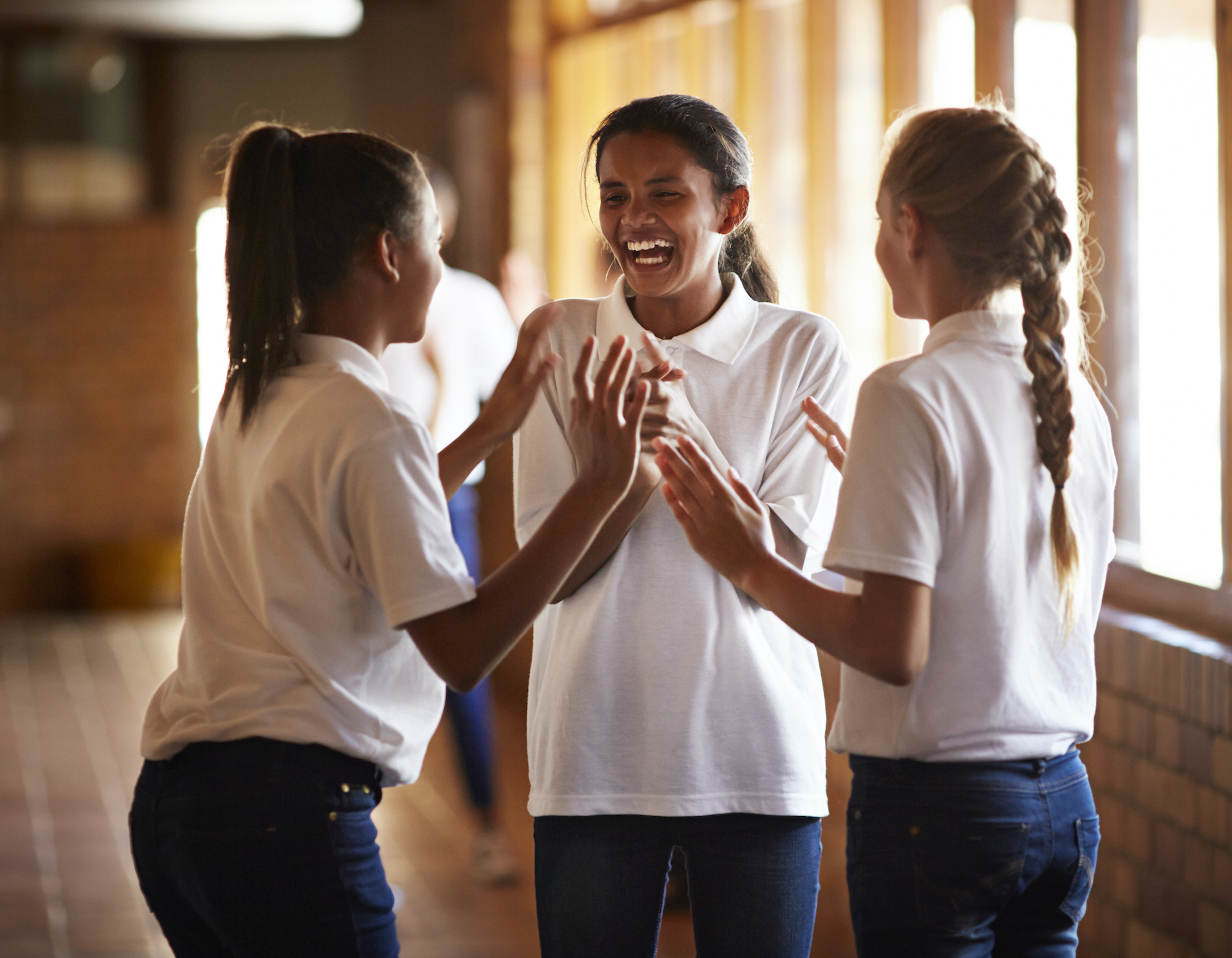
AA-HA!
Global Accelerated Action for the Health of Adolescents
The case for action
Adolescents bear a substantial proportion of the global disease and injury burden
- Adolescents are one sixth of the world’s population.
- They account for 6% of the world’s global burden of disease and injury.
- The recent very rapid declines in mortality among infants and young children have not been mirrored among adolescents.
- Adolescence is the period when many risky behaviours start having a major impact on their health as adults.
- Adolescent health needs particular attention in humanitarian and fragile settings.
Background
The Sustainable Development Goals (SDGs), which seek to achieve global economic, social and environmental sustainable development by 2030, will not be realized without investment in adolescent health and well-being. The Global Strategy for Women’s, Children’s and Adolescents’ Health (2016–2030) was launched in 2015 to support the Sustainable Development Goals. To support the implementation of the specific Global Strategy goals related to adolescent health and development, and in response to a request from Member States at the Sixty-eighth World Health Assembly in May 2015, UN partners, led by the World Health Organization, have developed guidance to support country implementation for accelerated action for the health of adolescents (AA-HA!).
The first edition of the AA-HA! guidance published in 2017 has sparked an unprecedented surge in the number of countries that have expanded adolescent health programmes, and helped to draw attention to the need for a comprehensive response to adolescent health after decades of neglect. The guidance provides much more than facts and figures. It represents a paradigm shift in how we think about and plan for adolescent health and well-being. Its second edition launched in October 2023 makes a new important step in guiding policy makers towards a new generation of programmes that pay due attention to all domains of well-being through multisectoral action.
The AA-HA! guidance
News
Key publications
All →Adolescents are not simply old children or young adults. This deceptively simple observation lies at the heart of Global Accelerated Action for the Health...
Accelerated Action for the Health of Adolescents (AA-HA!): A manual to facilitate the process of developing...
The purpose of this manual is to assist countries in planning, organizing and facilitating the process of developing national comprehensive multisectoral...
Adolescents are not simply old children or young adults. This deceptively simple observation lies at the heart of Global Accelerated Action for the Health...


